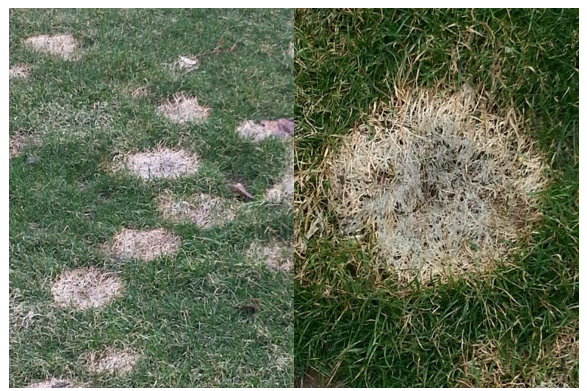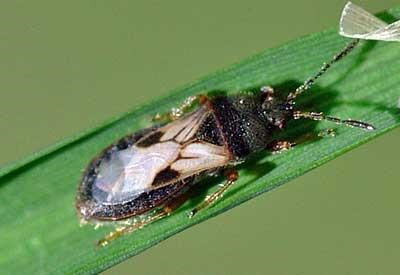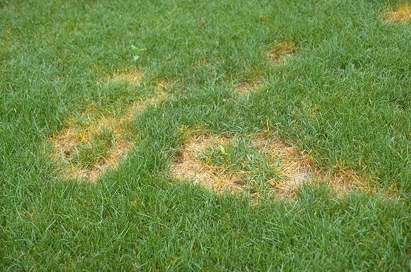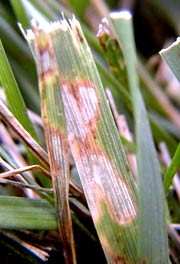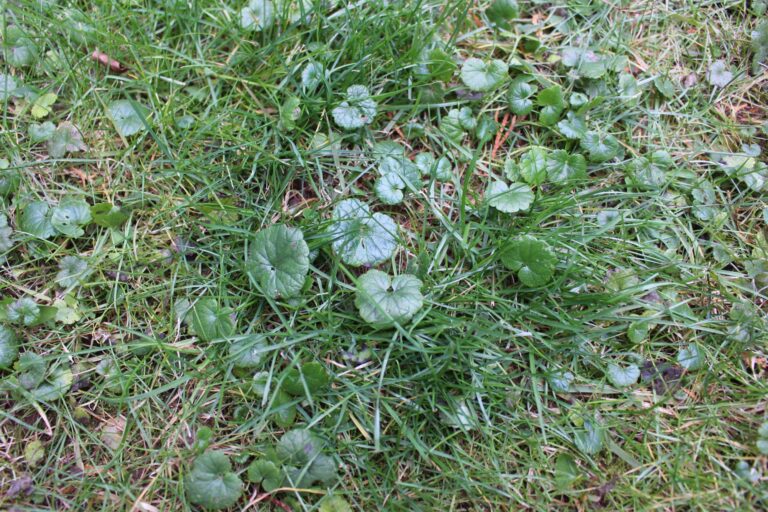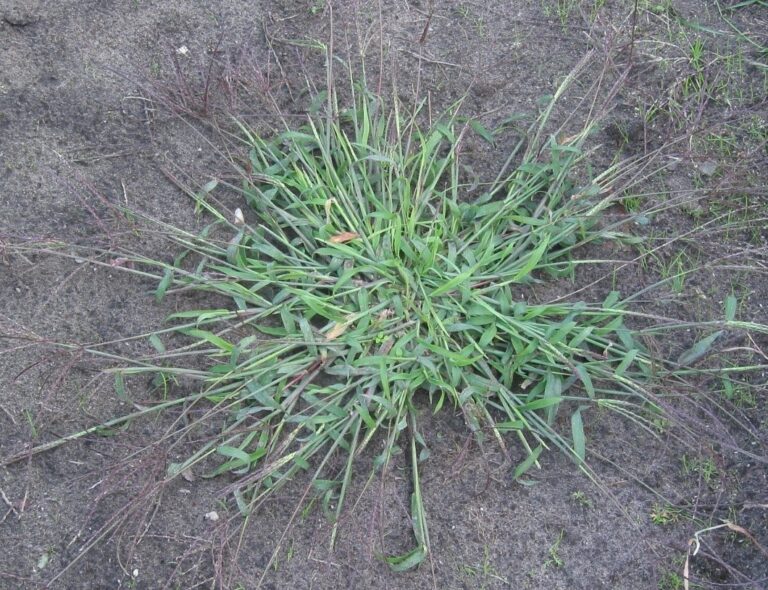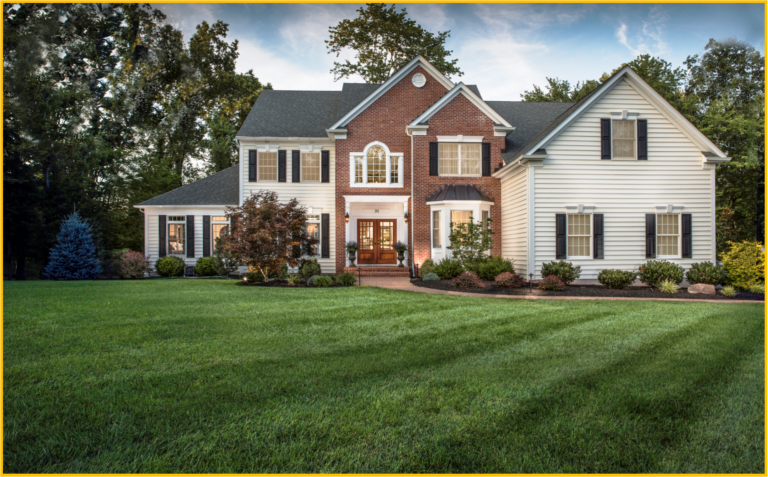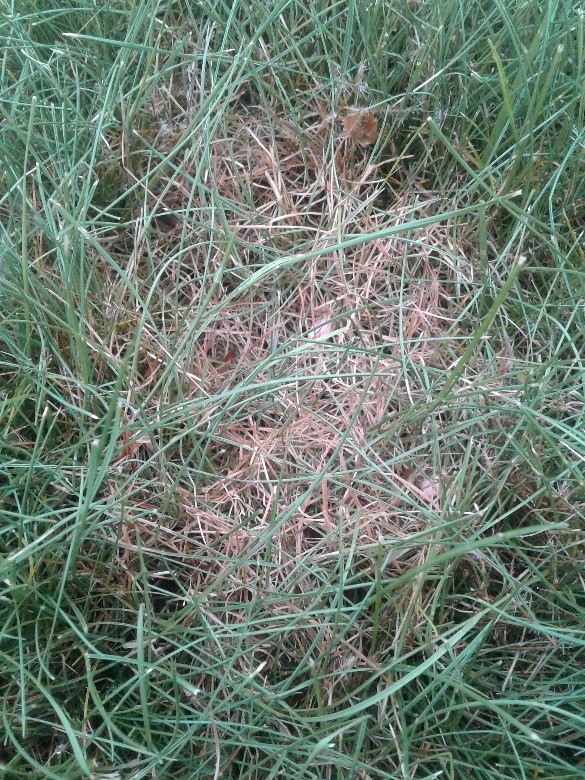
Red Thread Lawn Disease
Lawn diseases are frustrating for every homeowner that desires to maintain the picture-perfect lawn and landscape. Unfortunately, the warmer temperatures of the spring-time that we all love; along with frequent rainy periods, creates the perfect storm of environmental conditions to


